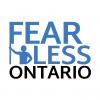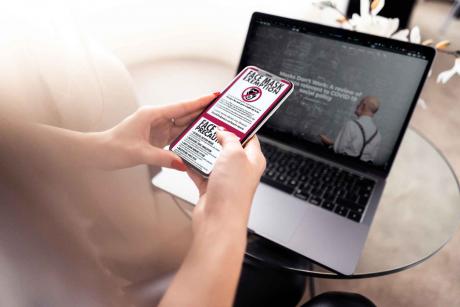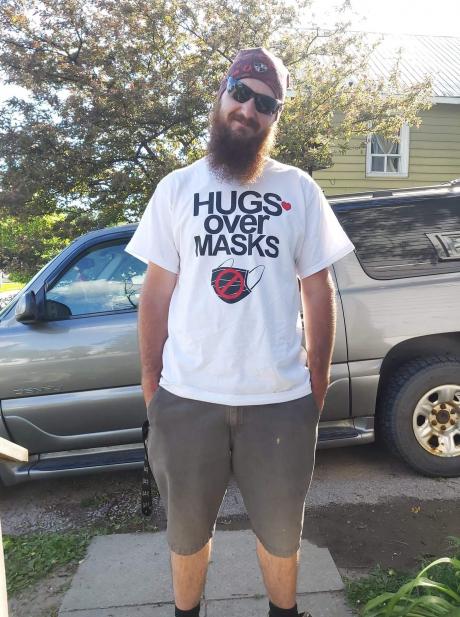THE EFFICACY OF MASKS
From 2 US Environmental & Safety Experts
Tammy Clark and Kristen Meghan are U.S. environmental and safety experts on the usage of respirators and masks. They advise medical professionals on what types of personal protective equipment (PPE) they need to use in a medical setting.
Both are qualified experts who understand the limitations, usage, training, cleaning, etc. of respirators and masks within the work place, according to federal regulations and the U.S. Department of Labor's Occupational Safety and Health Administration (OSHA).
In this video, they share their concerns over politicians--untrained and unqualified in the usage of masks--making mandatory mask orders, which do not have the same science applied for workplace requirements.
Usual protocols to approve mask usage include a pulmonary test, a physical function test and health questionnaires (to assess any contraindicated conditions, like claustrophobia, anxiety, PTSD, kidney issues, history of a stroke or cancer, certain genetic factors, etc., which may necessitate further evaluation).
Mask usage in any U.S. workplace must be approved by National Institute of Occupational Safety and Health (NIOSH) and rated by the American National Standards Institute (ANSI) and untested use by the public may be dangerous to a mask wearer.
By indiscriminately ordering the general population to wear a mask, politicians are ignoring essential factors in the harms and efficacy of mask usage, including conditions for their use, physical movements during their use, and medical histories.
COVID-19 SIZE
- 0.6 - 1.25 μm (microns)
- because of its small size: "From a virology perspective, that mask is not protecting anybody around you at all from the expiration [exhalation] of this pathogen to those around you."
RESPIRATOR AND MASK FIT TESTING
Quantitative Fit Testing - measures the air within a respirator or mask and the ambient air outside the respirator or mask
- calculates oxygen levels (normal levels are 95-100%) by measuring hemoglobin (in blood carries oxygen from the lungs to the rest of the body) and oxygen saturation (the fraction of oxygen-filled hemoglobin to total hemoglobin in the blood)
- a specialized machine calculates whether you can perfrom certain physical movements (e.g., talking) based on different factors (e.g., weight, not having facial hair), so that you can pass a fit test







Comments